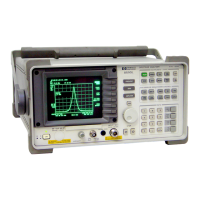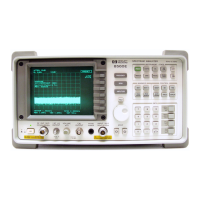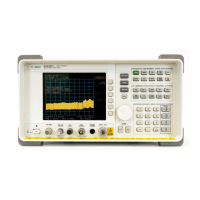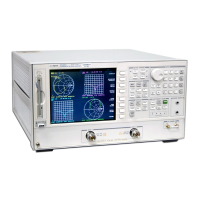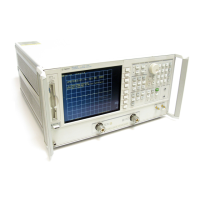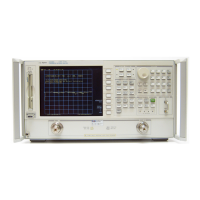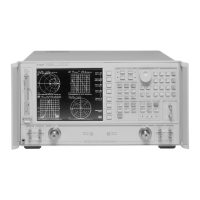You may use the analyzer to create custom arbitrary waveforms
corresponding to digital communication signals. Since the I/Q reference
signal is the ideal representation of a format type, a properly saved version
of the reference signal provides an ideal waveform. The internally
generated waveforms may be used as test signals (to test an amplifier, for
example).
The following guidelines may help you create a model arbitrary waveform:
l
You cannot use this procedure to create 8 VSB or 16 VSB signals.
l
This procedure is unreliable with 64 QAM, 64 DVB QAM, or 256 QAM signals.
You may or may not be able to create a valid signal using these formats.
l
You must be sure that no external signal is applied to channel 1—the
analyzer’s internal noise is used to create the signal.
l
Although span is irrelevant in creating signals, a span of twice the symbol rate
results in faster demod updates when you play back the waveform.
l
Points per symbol should be either 5 or 10 (if you are creating an MSK signal
you must use at least 10 points per symbol).
l
You should use a result length which is at least 10 symbols longer than what
you want to use as a test signal. This permits a 5 symbol truncation at each end
of the record to eliminate possible invalid data caused by discontinuities
between the beginning and end of the waveform. For theoretically complete
settling, approximately 5 symbols are neeed at each end of the waveform.
However, burst system specifications disregard settling issues because it is
impossible to instantly settle a Nyquist filter. The majority of the settling is
complete after 1 symbol. With five symbols of settling, the effect on error vector
magnitude is below algorithm residual error for a root raised cosine measure
filter.
l
You must select IQ reference time.
l
If you select a modulation type which employs distributed filtering, you must
select an appropriate filter type. For example, some format types define the
reference filter as a raised cosine type, since the reference must normally
account for square root filtering in the transmitter and square root filtering in
the receiver. The cascade of the two is full filtering. However, to simulate a
transmitter, only half filtering, that is, square root filtering should be used.
Therefore, when you save this type of reference you must define the filter type
as root raised cosine so that when you play it back as a stimulus it is partially
filtered, allowing the demodulator to apply the additional filtering.
Creating User-defined Signals (Options AYA and AYH)
11 - 3
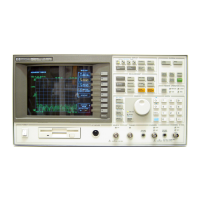
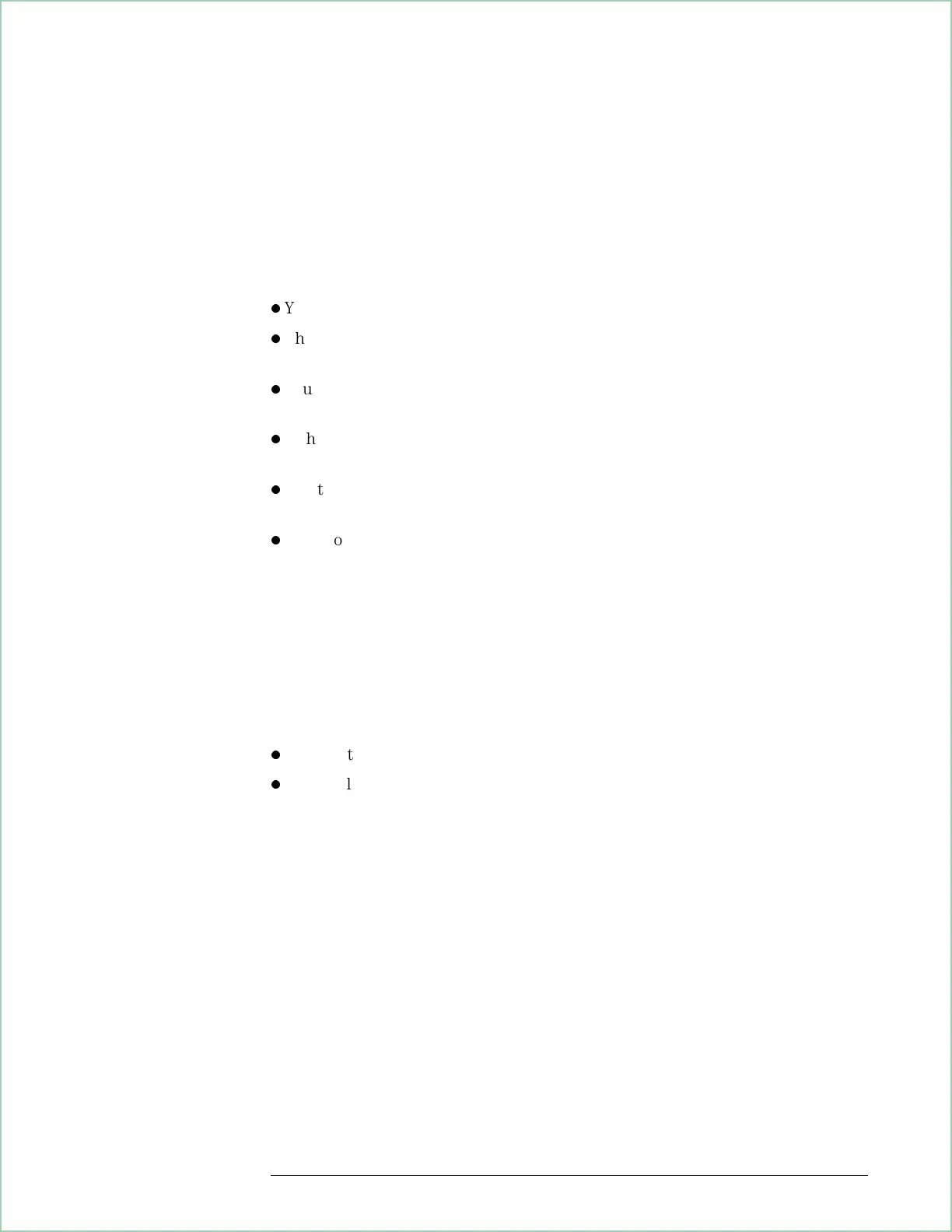